The shark’s spooky white eyes and egg pouch set it apart from nearly all other shark species, scientists say.


Companies are sending their products into orbit and plastering their logos on spacecraft. Will space ads dull our sense of wonder about the universe?

Graphene, by all metrics, is a revolutionary material producing some unbelievable results. Avadain has developed a patented breakthrough technology for producing industrial volumes of large, thin, and nearly defect-free graphene flakes, addressing the $100B market demand for this revolutionary material.
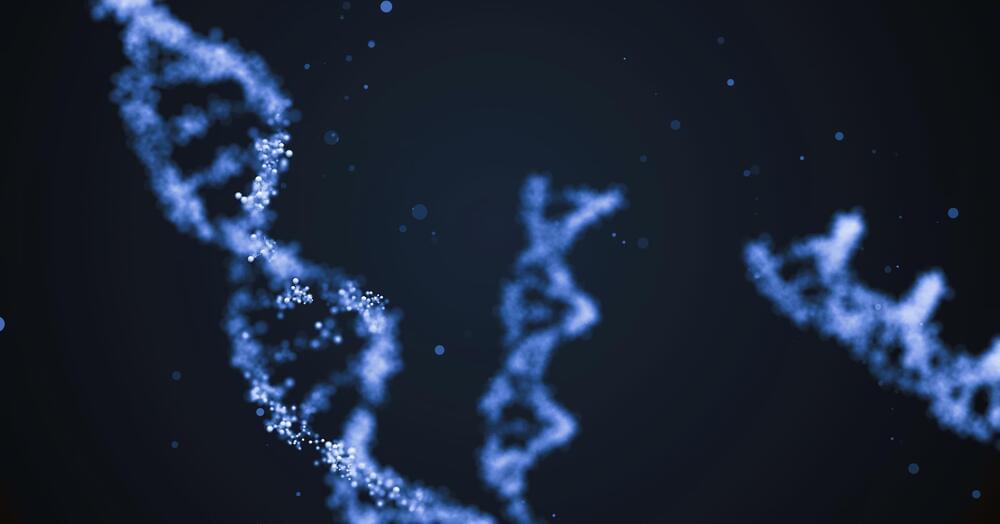
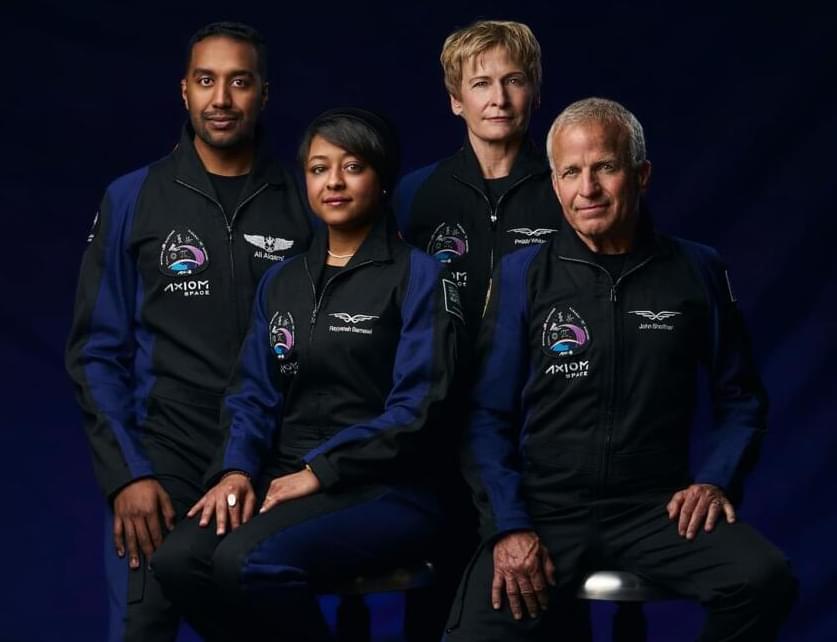
Axiom Space’s second private crewed mission to the International Space Station is now scheduled to launch in just ten days, with the four-person crew preparing to conduct more than 20 scientific experiments while in space.
The Ax-2 mission will now launch no earlier than 5:37 p.m. EDT on May 21 from SpaceX’s Launch Complex 39A at NASA’s Kennedy Space Center. The crew will travel to the station onboard a SpaceX Falcon 9 rocket and Crew Dragon capsule, where they’ll remain for a roughly 10-day stint. This will mark the second fully private crew to visit the ISS; the first mission, also operated by Axiom Space, took place in April 2022.
The crew includes Peggy Whitson, the mission commander and Axiom’s director of human spaceflight; John Shoffner, the pilot; Ali Alqarni, mission specialist; and Rayyanah Barnawi, also a mission specialist. Alqarni and Barnawi are both members of Saudi Arabia’s first astronaut class and will be the first people from that country to visit the ISS. Shoffner, an Axiom investor, is the only paying customer on the crew.

Twitter CEO Elon Musk has bought around 10,000 graphics cards and is hiring AI experts to build a ChatGPT competitor within Twitter, Insider reports.
That’s despite the billionaire CEO repeatedly voicing concerns over AI chatbots like ChatGPT, and even signing an open letter calling for a six-month moratorium on developing AIs more advanced than OpenAI’s GPT-4.
Training a large language model like OpenAI’s highly popular AI chatbot takes a lot of computational power, which means Musk had to dig deep in his sizeable pockets — tens of millions of dollars, according to Insider — to finance the project.
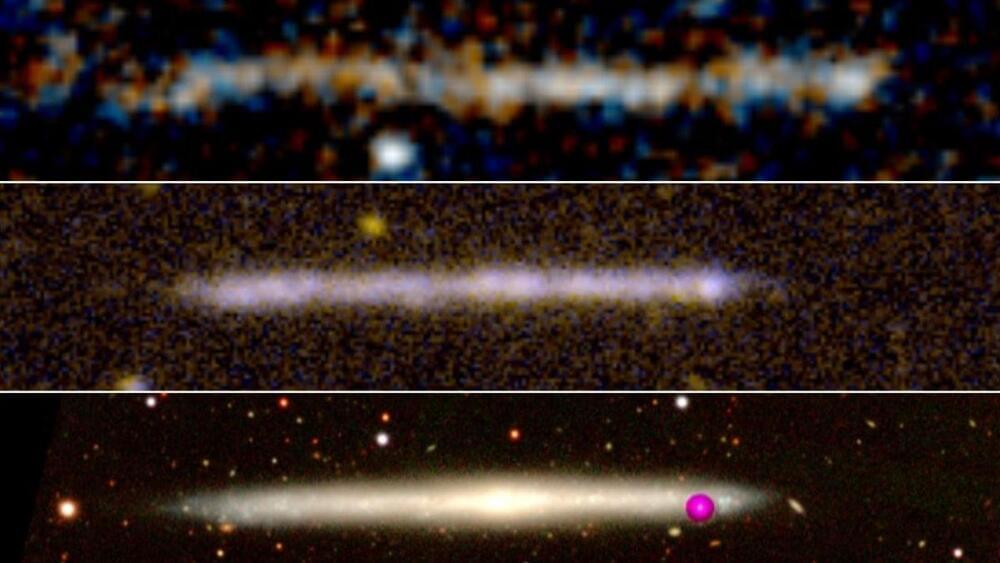
The object’s gravity and velocity, the study suggested, would have ignited the gas and left a blazing trail of stars in its wake. This exciting discovery would mark the first observation of a rogue supermassive black hole — objects that are theorized to roam the universe after being ejected from their host galaxy, possibly due to collisions with other black holes.
Now, new research hints at a more mundane explanation.
The new study, published in the journal Astronomy & Astrophysics (opens in new tab), suggests that the weirdly thin streak might simply be a flat galaxy viewed on its edge, like the rim of a plate. Unlike the Milky Way, this supposed galaxy would not have a bulge of stars at its center but would be totally flat — a relatively common type of galaxy called a thin or flat galaxy.
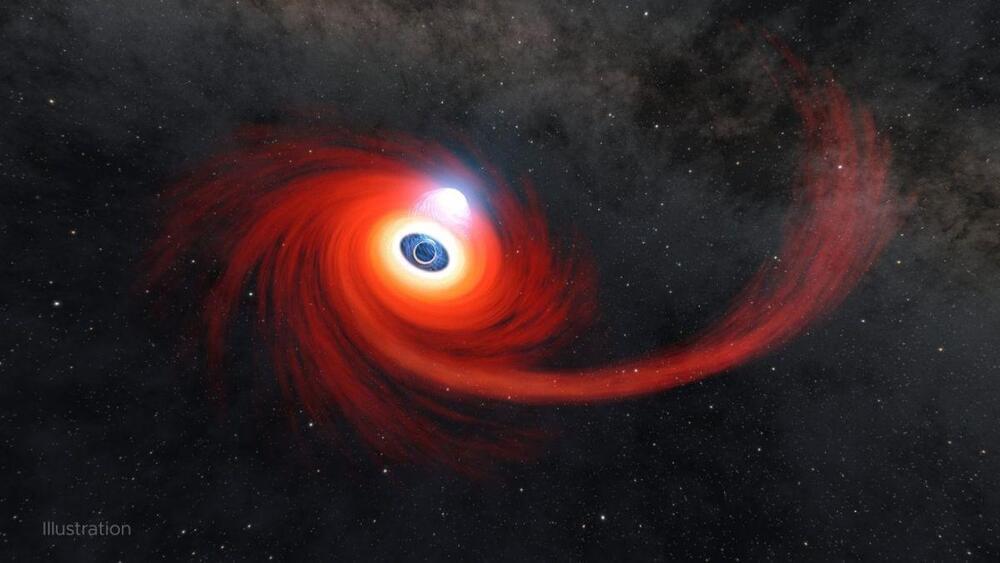
Lurking in the darkness of space, black holes are notorious for shredding stars that venture too close, and then gobbling them up. But astronomers have had only a rudimentary understanding of that dramatic process.
A new study sheds some light. Astronomers have spotted streams of star matter that came full circle around black holes and bumped into themselves. Such collisions were long theorized, but the new observations for the first time provide a direct look at the early stages of disk-forming around black holes.
The Hydromea Exray wireless drone is an underwater drone that uses optics instead of cables for many effortless applications.
Donate to Paypal…[email protected].
https://www.facebook.com/BeholdFuture.
Automating remote, inspection and monitoring of submerged assets.
CUT THE CORD
At Hydromea, they believe that the restrictive underwater robotics space requires a paradigm shift to help the rapidly growing Ocean Economy become greener, more sustainable agent on our planet and at a price point that is affordable and scalable.
Hydromea are convinced that investing in hardware and software technologies that allow us to CUT THE CORD is the necessary and much awaited step towards this direction. With that, we disrupt the underwater inspection and monitoring market, making it significantly more efficient and affordable, enabling unprecedented access to submerged assets, never available before. Join us and be a part of the underwater robotics revolution!
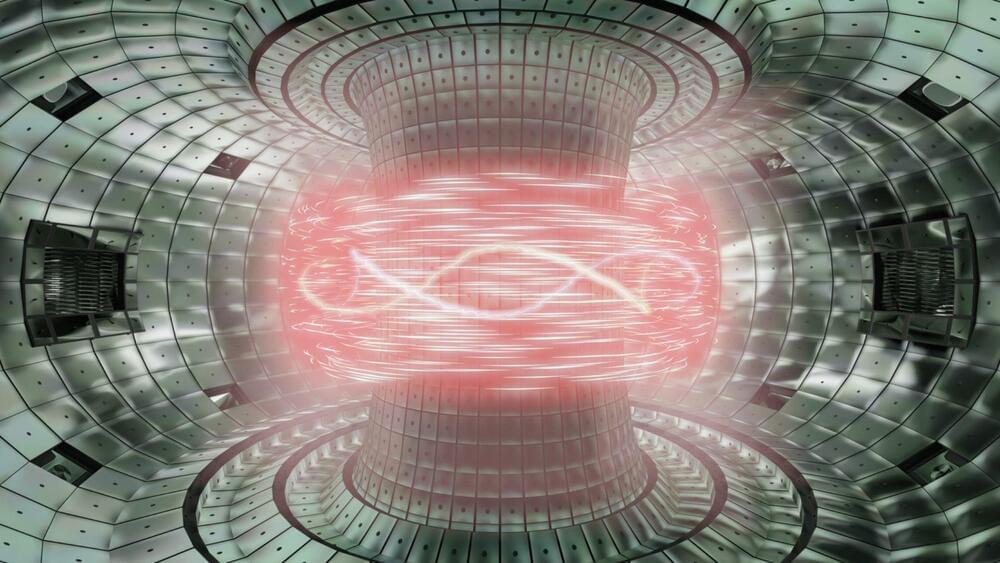
Unlike other businesses pushing clean nuclear energy, Helion is working on a “pulsed non-ignition fusion system.”
Microsoft Corporation has placed a big bet on Helion by agreeing to purchase power generated by its nuclear fusion process. Helion is also backed by Sam Altman, the OpenAI CEO with whom Microsoft is spearheading the artificial intelligence (AI) race.
Nuclear fusion is the holy grail of clean energy as it promises the generation of power without the emission of carbon or hassles of radioactive nuclear waste.
Peter Hansen/iStock.